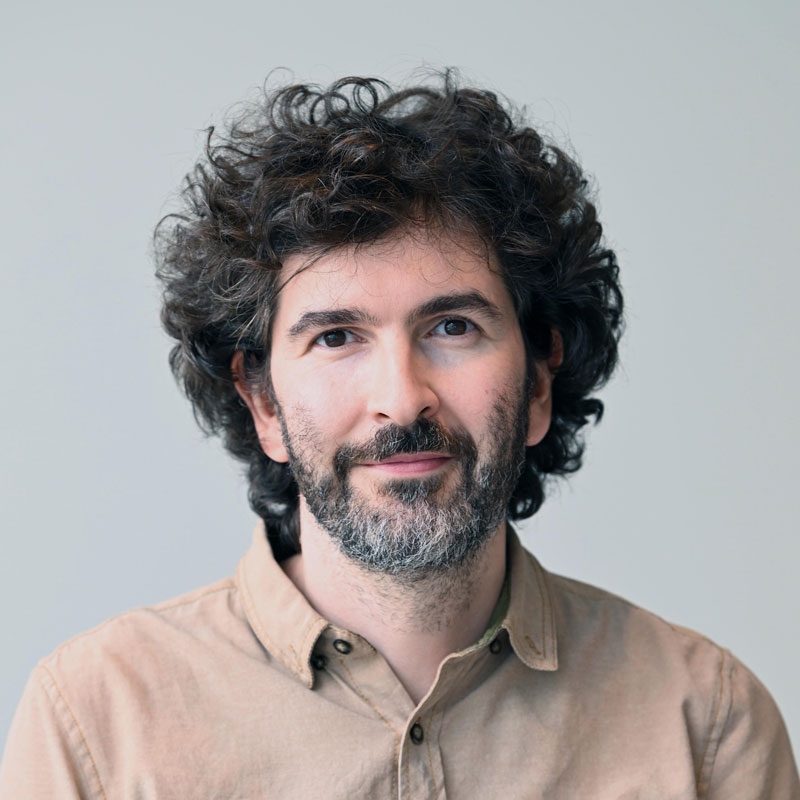
Display agenda in GMT timezone

Thursday, October 31st - 13:15 PM To 14:15 PM
The Power of Visuals in Science Communication: Slams and Academics group talk
English Track

Desciption
Science communicators and journalists attempt to re-contextualize science from the context of academia to the lifeworlds of the public by using simpler arguments, appealing visuals, personal narratives, straightforward evaluations, and understandable jargons. To attract the public and retain science consumers, they adopt communicative styles that are less demanding and more enjoyable so-called “infotainment” and considers the implications of this discursive shift for the public understanding of diverse science matters. Notably, visuals in all their forms (infographics, comics, audiovisuals, etc.) are noted to be one of the key vehicles of science popularization in contemporary media-saturated societies.
This panel discussion aims;
1) to provide a comprehensive overview of visuals use in science communication from the Global North and Global South;
2) to explore the impact of visual tools and methods in effectively communicating scientific information to diverse audiences, including the general public, decision- and policy- makers, and scientific peers.
The discussion will highlight best practices, challenges, and future directions in leveraging visuals for science communication in different media channels. This enlightening session is designed to be highly interactive and brings together 5 well-rounded experts (including the moderator) from diverse backgrounds and sectors (Science journalist and member of the World Federation of Science Journalists; Producer and content creator; Scientific multimedia producer; UNESCO Program Manager-Science sector) working all around the globe to share practical insights and strategies, exchange ideas, and inspire the audience with cutting-edge approaches for effectively using creative types of visuals to communicate scientific concepts.
This diversity can enhance the collaboration between scientists, communicators, and visual artists. Also, it helps to identify future trends and innovations in the field. Finally, this panel discussion belongs to a new line of science communication/journalism research that explores media outlets’ tendency to attract audience by using several visuals, aiming to foster a deeper understanding and appreciation of the role of visual tools in making science more accessible, newsworthy, relevant, and engaging.
Speakers




